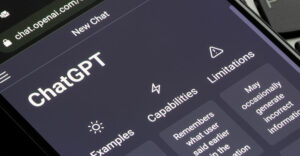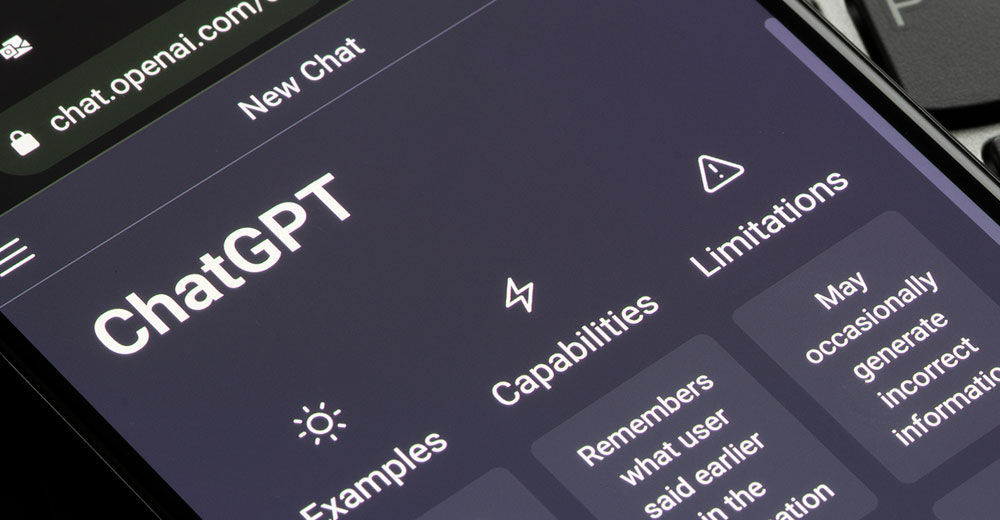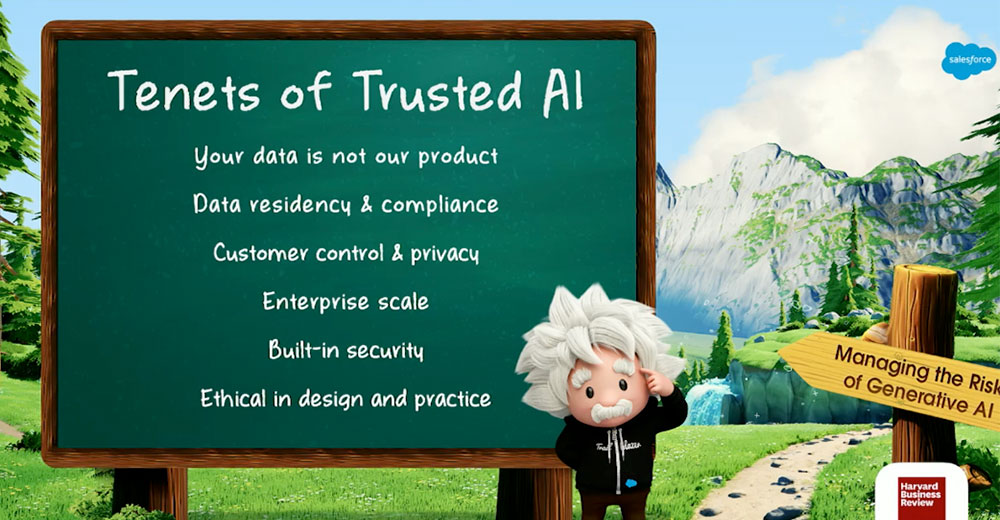Podcasts provide advertisers with microtargeted pitches that engage listeners more effectively than other outlets, observed Maury Rogow, CEO and creative director of Hollywood’s Rip Media Group in an exclusive interview with the E-Commerce Times.
Most podcast listeners are educated, have disposable income, and are open to hearing advertising. Microtargeting of a podcast-streamed ad insertion is delivered in real time and provides trackable data on the number of listens.
Podcast streaming can be audio or video format. The video element often consists of a single static image or a video recording of the podcast hosts and guests.
This advertising format offers marketers an effective way to deliver focused messaging to a tightly defined audience that shares a commonality. They have a high similarity in tastes and interests compared to the audiences provided by other media outlets.
The most effective podcast advertising is delivered by the host. This makes many marketers extremely uncomfortable. But such risks can pay off incrementally because the targets will listen and remember the message, Rogow countered.
Capitalizing on podcast listeners’ strong relationships with their favorite hosts is the primary benefit to the advertiser. Host-read advertising copy produces the best results, he said.
“Let the hosts be themselves. Let them do their things. That is why people are listening,” he added.
Newer Ad Medium
Podcasts became a new outlet in the early 2000s. They now are reaching a mass market audience. This widespread audience growth has made advertising on podcasts a very viable opportunity to broaden vendors’ e-commerce footprints.
Numerous reports by Reuters, The Podcast Consumer, Podcast Trends Report, Nielsen Marketers Guide to Podcasting, and IAB Podcast Ad Revenue Study show that podcasting is a growth medium with steadily expanding audiences.
According to various industry reports, about 25 percent of all listeners started in the past six months. Podcasts continue to attract new listeners to their existing audience of 90 million people monthly. Nearly 63 percent of respondents said they listen to more podcasts now than they did a year ago.
Edison Research in February announced the top 50 most listened to U.S. podcasts of 2020. This list ranks the podcasts based on audience size as determined by the Podcast Consumer Tracker, a service that measures the relative audience size and demographics of all podcast networks.
The methodology employed by Edison was to continuously collect data by surveying weekly podcast consumers ages 18 and older. The survey tracked which podcasts participants listened to in the previous week, along with demographic, psychographic, and purchase behavior information.
Rogow remarked that “Podcasts are just ubiquitous. A podcast is this weird thing hidden inside your computer or smartphone. You can hear them on Amazon Prime, download them from Audible, and Spotify. Every music platform is picking up podcasts.”
Podcast advertising satisfies two primary goals. It provides a highly effective means for podcasters to monetize their programs. It also offers e-commerce merchants a way to advertise to targeted listeners to expand the advertising reach, he said.
Podcast Popularity Overview
The ongoing industry surveys sampled over 10,000 podcast listeners and tracked which shows they listen to, what they buy, and the demographic profiles for every leading network and top podcast, according to Edison Research senior vice president Tom Webster. His organization’s published report lists these top 10 podcast offerings:
The top 10 podcasts for 2021 tracked by Podtrac ranks many of the same shows as other lists, although not in the same order:
TopPodcast also presents a collection of (you guessed it) top podcasts. The website additionally offers tabs listing top networks, top podcast apps to download, top influencers, and more.
The Balance Small Business website provides a list of their best business podcasts.
Podcast Advertising Cheat Sheet
The industry average rates for podcast advertising are $15 CPM for a 10-second ad, according to AdvertiseCast. CPM as applied here is the price of an ad insertion in 1,000 podcast downloads.
A 30-second advertising spot averages $18 CPM. A 60-second ad spot averages $25 CPM.
Anchor sponsors pay on a CPM or “cost per mille” basis as well. Ad rates can extend to $50 CPM.
There are three primary types of podcast ads, with the following durations and placements:
- Pre-roll ads, which are usually 15 to 30 seconds long and run before or after the show’s intro;
- Mid-roll ads are 30 to 90 seconds and are placed about halfway through an episode; and
- Post-roll ads, which last 15 to 30 seconds and play right before or after the closing credits.
Depending on the skills set of the entrepreneur, self-written content is the least costly to create. Otherwise, producing professionally crafted content complete with voiceovers and sound effects is the domain of advertising agencies and media companies, noted Rogow.
A related strategy is obtaining sponsorships. Podcast sponsors provide a revolving door of recurring financial backing.
Advertising and sponsorships can go a long way to monetize a podcast. Improve Podcast claims that two million podcasts are available globally. They draw regular recurring audiences of 90 million people monthly. The trend of podcast ad revenue is on the rise, according to the Interactive Advertising Bureau (IAB).
Be proactive in finding advertising and sponsorship opportunities for your podcast, Rogow recommended. One of the most effective ways of finding advertisers and sponsors is to work through podcast ad networks.
These networks are a collection of podcasts that are produced, distributed, or made available to advertisers through a single company or network. They can handle all the tasks from finding advertisers and negotiating rates to getting the script. Another approach they use is to seek an offer from the podcast host.
Making Ad Content Matter
Rogow applies two sets of strategies to his advertising content. Both approaches are good guides for the do-it-yourselfer.
His first ad-writing formula is a four-step process he calls the epic story. It starts with engaging the audience with empathy. That is the introductory story he tells to set the tone for a problem his product can solve.
“For instance, get engaged with some empathy problem. Then go into the details and the solution,” he explained.
The next part of his system to create a podcast ad involves story-telling the details to make the situation believable. Next, talk about the integrity of the product as a solution. The last step is the call to action.
“Remind the listeners how this product or solution can impact them. Provide the website, the contact details, where to get it, etc,” he offered.
Rogow’s second formula is far more creative and abstract. He includes in his ad content as many of the five human emotions as he can draw from to engage the audience. He uses the acronym STUF to explain his approach:
- S is for something sexy or engaging;
- T is for touching the heart;
- U brings in something unique or totally unexpected about the product or solution;
- F gets the audience to take action out of fear of missing out on the product or its solution.
Base ROI on the KPI
So how do you know when your podcast ads have hit the ROI sweet spot and not just cost you a whole lot of time and wasted money?
Rogow’s answer was short and direct. “Just watch the KPI or Key Performance Indicators,” he said. “They are different across industries. The funding needs and goals are different for everybody too.”
So that response brought our discussion to the last question in our discussion about monetizing podcasts. What should somebody getting into this business expect as an advertisement return?
Don’t Expect a Sudden Windfall
Financing your podcast through advertising works as part of a viable business plan, Rogow replied. But starting out, do not expect to strike it rich, at least right away.
“It is the long game that works reliably,” he cautioned. “The income dollars are a lot less at first. But the really cool thing is you can microtarget. It is all about microtargeting.”
For instance, if you advertise a business tool for SMBs, find a podcaster who attracts small business people. That gives you access to an audience where 80 to 90 percent of the listeners are really interested. The others are browsers.
Focus on the common theme of the listeners. Are they entrepreneurs? What is their connection to the podcast content?
“Knowing your audience lets you target the folks that are listening to the podcast and the hosts that are the best fit for your product line or your message. You really need to focus on the long game and not the short game,” Rogow advised.

























































Thanks for posting this. Keep the great content coming!